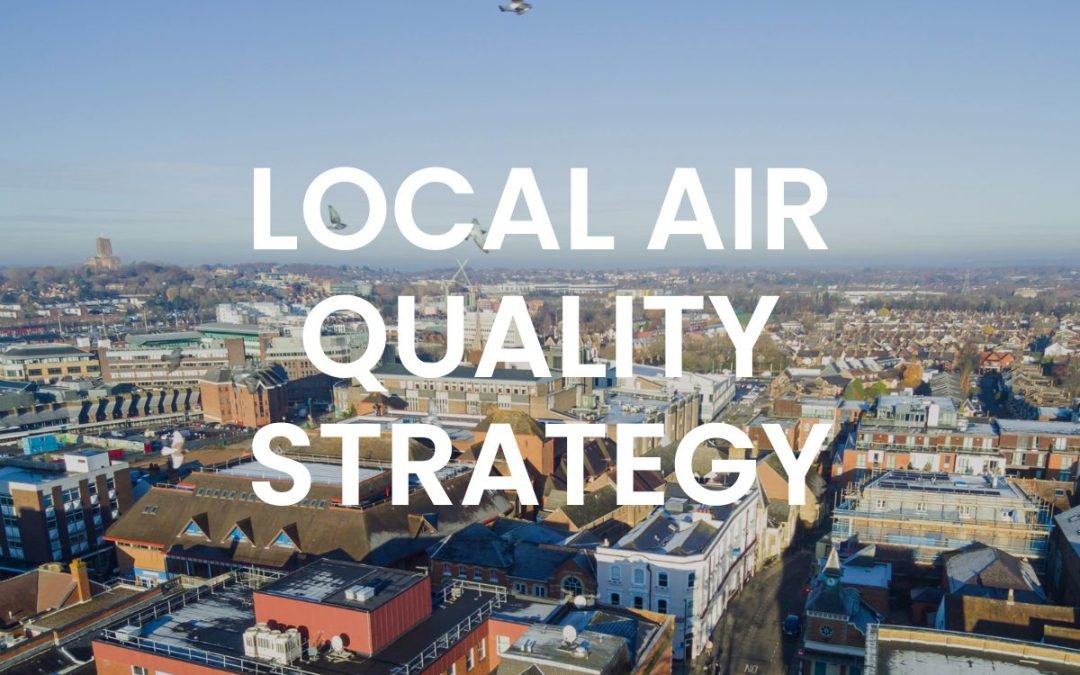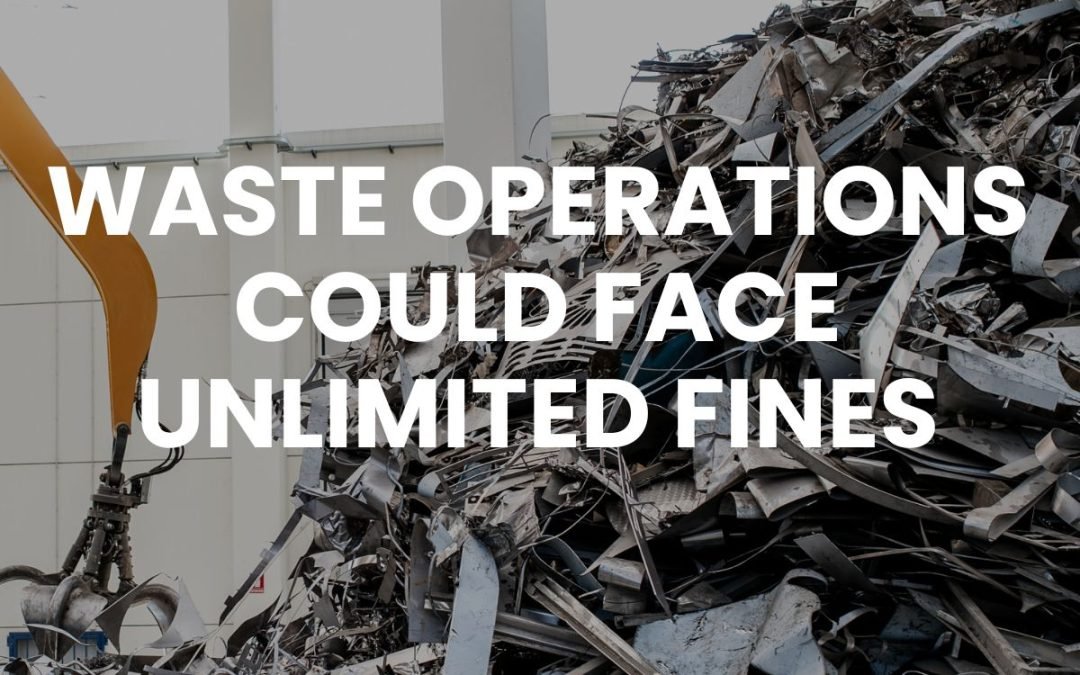Local Councils across the UK are, in some respects, ideally placed to tackle air quality issues that they face. Unlike some other areas of public service, they have a wide range of powers, and do not need to go to government to seek permission to do things at a local level, like they sometimes have to do for transport. This also puts them in a unique position to enable innovation in how air quality is managed and tackled at a local level.
Authorities powers lie in a number of areas which can influence air quality at a local level. These include, but are not limited to:
- Transport;
- Planning;
- Housing;
- Education;
- Local green spaces;
- Local economies.
Much has been made about local councils inability to enact these powers to benefit local air quality. But enabling communities and local companies to tackle local air quality need not be difficult.
Let’s take planning, for instance. Planning is one of the areas that is most likely to get people hot under the collar. But by utilising the planning system, local planning authorities can achieve a lot.
Traditionally this has been done by reducing the impacts of activities that are likely to cause a pollution issue. For instance, to reduce the impacts of noise pollution, councils have often placed restrictions on deliveries after 8pm, or limited opening hours of retail units. But this is blunt, and can often be flouted as it relies on local people to report and document any breaches – assuming they are aware of the restrictions.
Planning law – being very procedural – is very strict in terms of what is an acceptable requirement to place on new developments. But that does not mean inflexible. One of the areas where there is scope for local councils to do radical things is monitoring of air pollution across a number of development sites. Assuming such sites have similar requirements for monitoring, having developers report into a single monitoring system – available through the Council – allows Councils to take a strategic overview of the impact local development is having on local air quality.
Taking this approach can also have the added benefit of tackling air quality issues more holistically across the Council. For example, Bristol City Council adopted a ‘buffer’ zone for sites adjacent to their defined Air Quality Management Area (AQMA), so that sites that may have an impact on the AQMA would also be considered for air quality measures.
Having a requirement to monitor air quality is one opportunity. Another is setting low emissions standards associated with new developments. Whilst there are issues associated with the adoption of Euro 6 Engines, for instance, it represents a clear standard to enforce on a development site, by requiring construction companies to only utilise vehicles that have particular standards for emissions.
EMSOL is working with some local councils who are similarly innovative view in their thinking on how existing powers can be used to improve local air quality, without being prescriptive. If you are a local authority who is thinking in a similar way, please get in contact.





